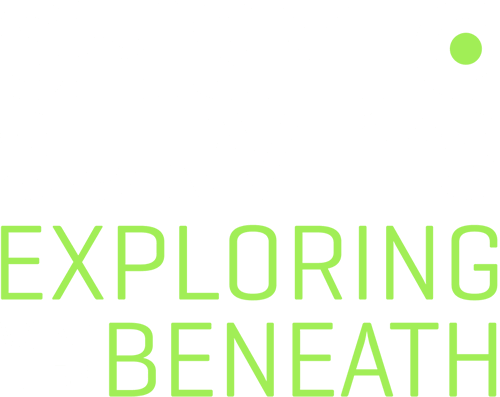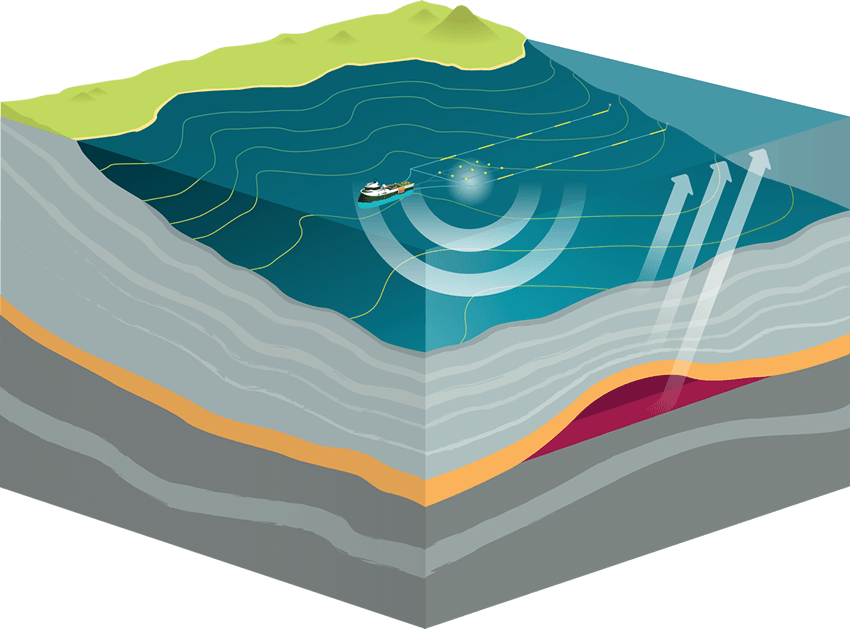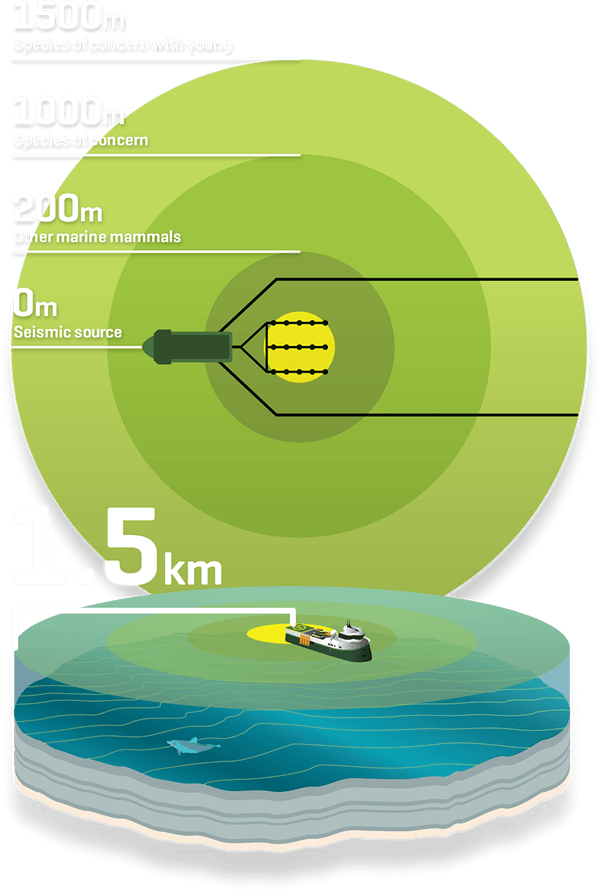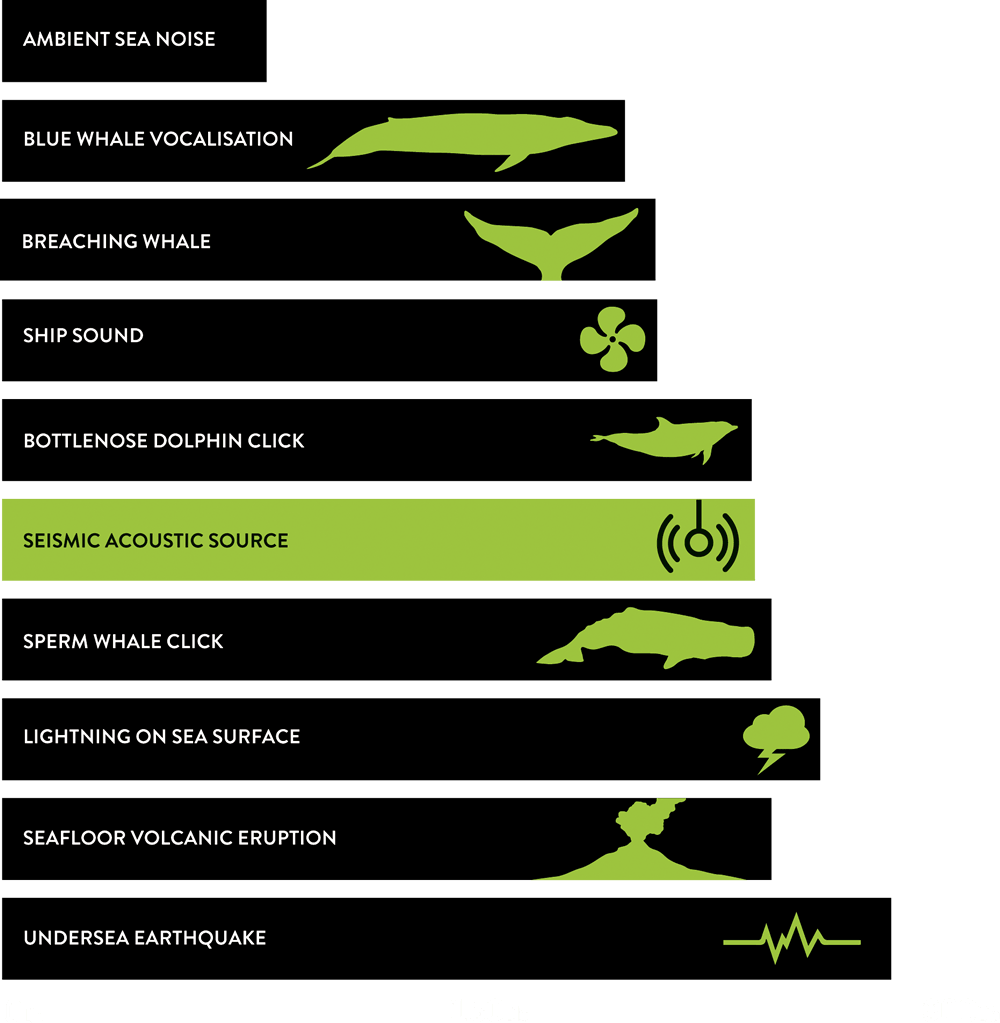 Seismic Survey Overview
Seismic Survey Overview
Seismic surveys produce detailed images of the various rock types and their location beneath the earth’s surface. This information can tell us the location and size of oil and gas reservoirs, without having to disturb the land or seabed.
Reflection seismology (or seismic reflection)
is a method of exploration geophysics that uses
the principles of seismology to estimate the
properties of the Earth’s subsurface from
reflected seismic waves.
Seismic surveys involve an acoustic source that release bubbles of compressed air, these bubbles collapse and send a directionally focused low frequency sound wave towards the sea floor.
 Sound waves are bounced off rock formations below the seafloor and the waves that reflect back to the surface are captured by recording sensors within the streamers of the seismic vessel.
Sound waves are bounced off rock formations below the seafloor and the waves that reflect back to the surface are captured by recording sensors within the streamers of the seismic vessel.
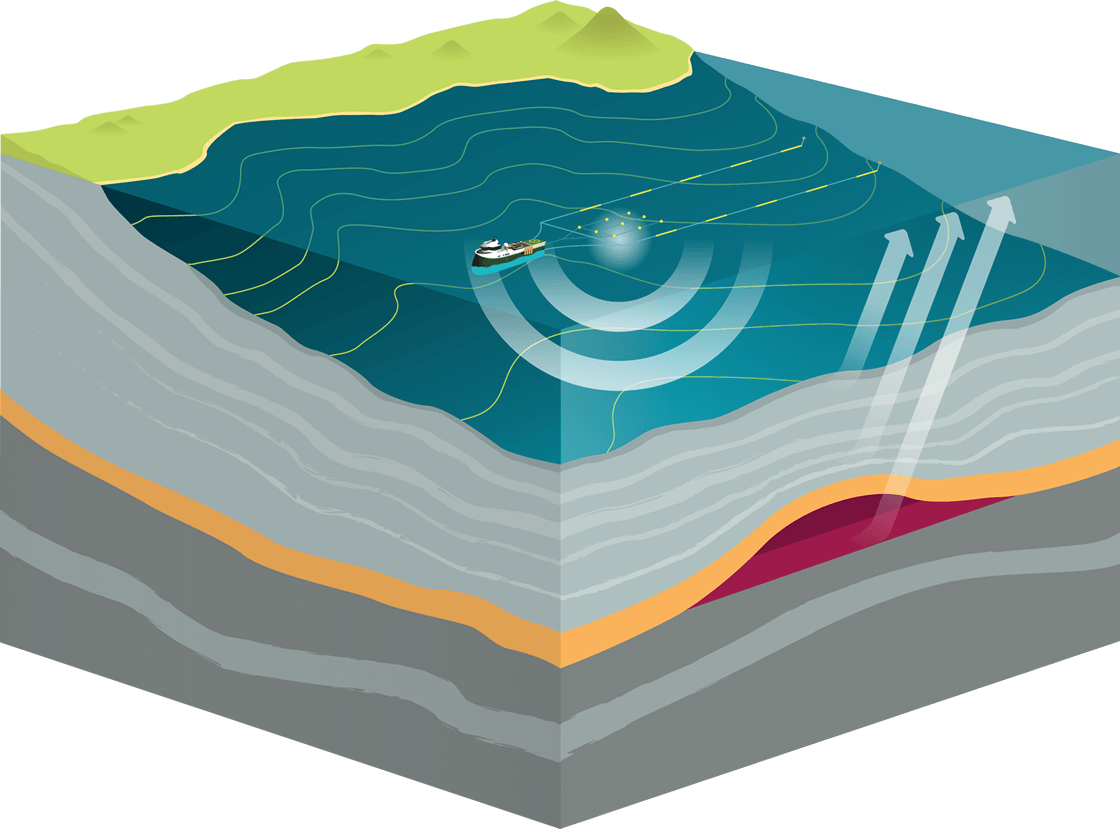
 HYDROPHONE STREAMERS
HYDROPHONE STREAMERS
The streamers towed behind the seismic vessel can be up to 10km long, and contain pressure sensitive devices called hydrophones. The hydrophones convert the reflected pressure signals and transmit back to the recording system on board the seismic vessel. Each streamer is solid and filled with neutrally buoyant foam.







